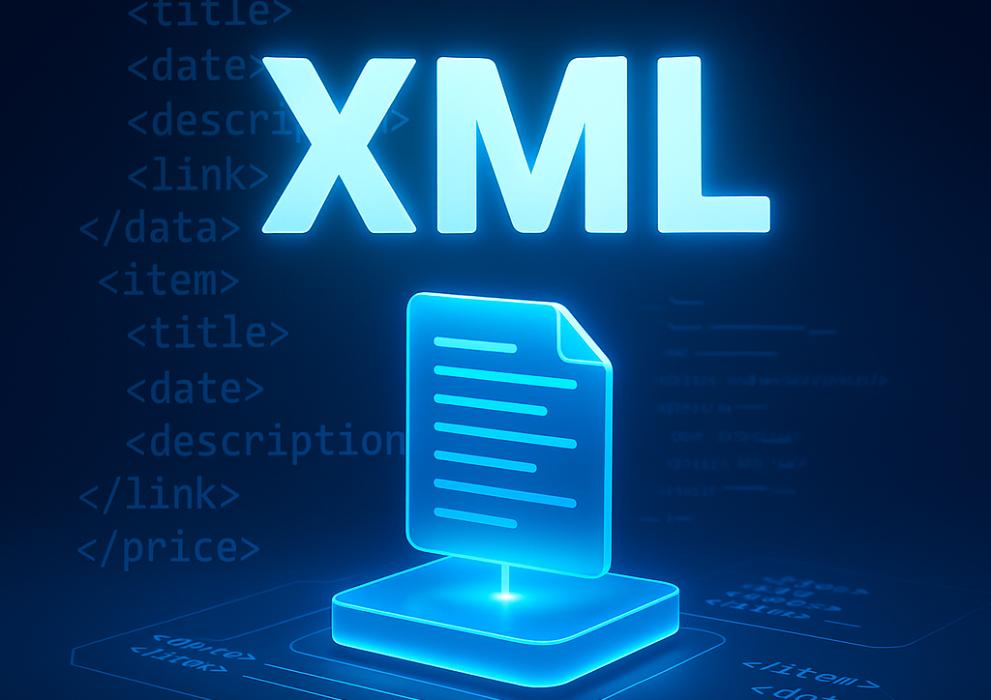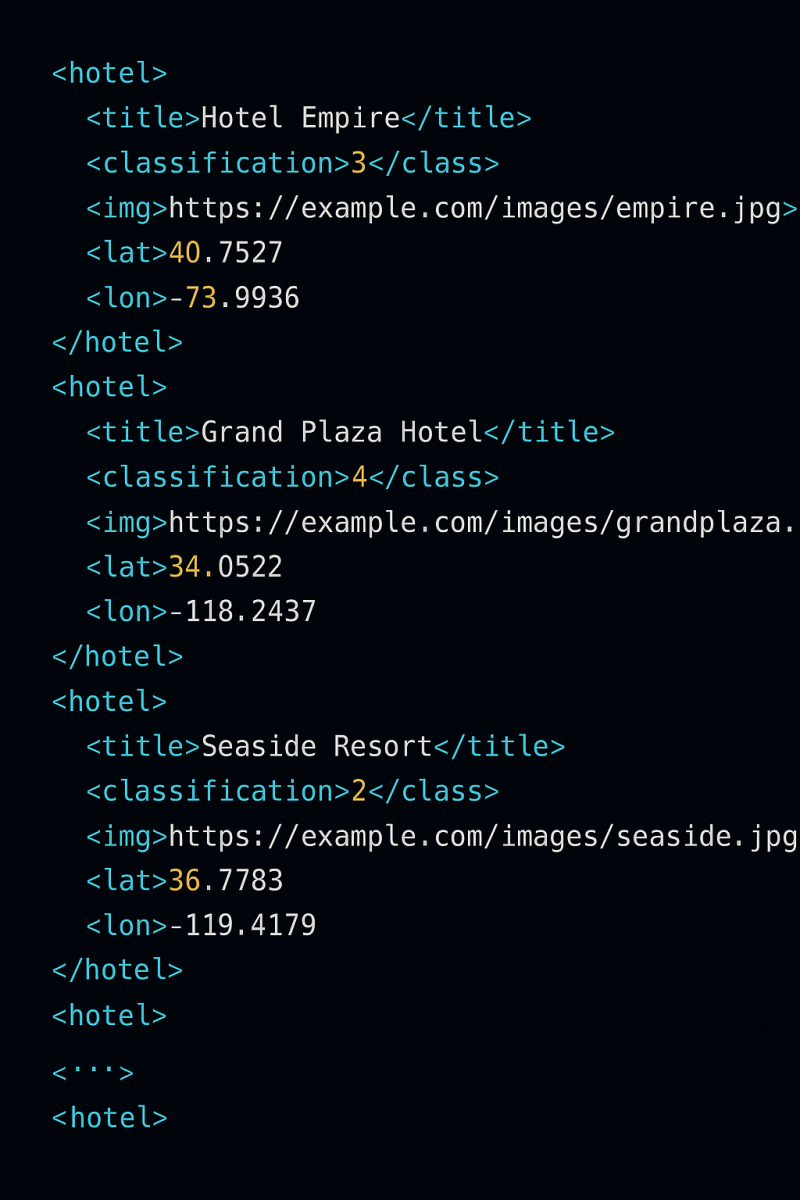Processing Large XML Files
Working with large XML files? Don’t let the size of your data intimidate you! Handling massive XML files is a skill that enables you to filter and analyze even the most complex datasets with ease. Start today and discover how structured data can provide powerful insights. Every element, every line is a step toward more accurate, well-informed decision-making. Processing large XML files is not just a technical task – it is a strategic process where you control the flow of information. Dare to think big and leverage the potential hidden in XML data to unlock new dimensions of business intelligence!
What is XML?
XML (Extensible Markup Language) is a text-based markup language widely used for describing and exchanging structured data between computer systems. The purpose of XML is to provide a general, human- and machine-readable language that enables structured data representation as well as easy handling and processing.VexFox XML Processor
Unlike standard XML processors, the VexFox solution parses and processes large XML files line by line. This approach ensures minimal memory consumption and prevents crashes caused by XML errors.What are XML files used for?
XML files are widely used across different fields for describing, storing, and exchanging structured data. Some common use cases include: